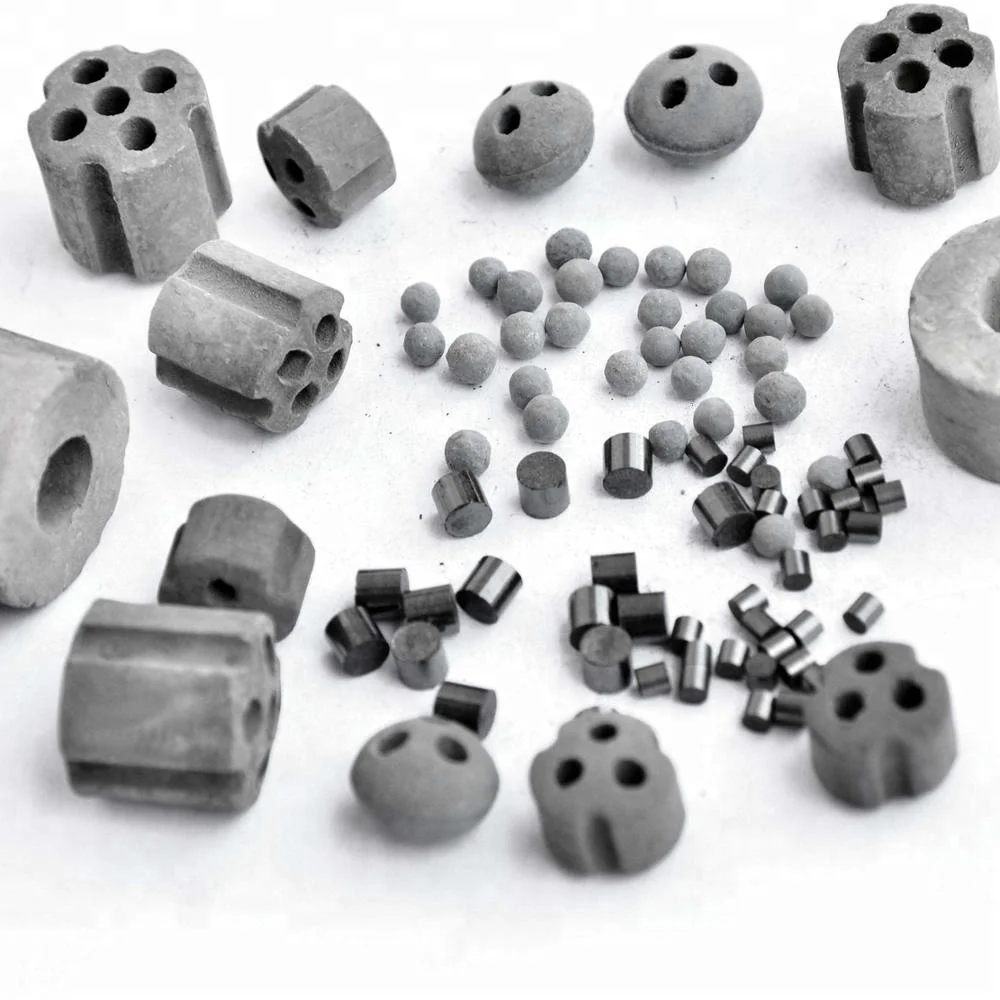Light-Activated Nickel Catalysts: A Game-Changer in Industrial Chemistry
A collaborative team of researchers from several U.S. Department of Energy (DOE) national laboratories has unlocked how light activates nickel-based catalysts, paving the way for replacing expensive palladium in industrial-scale chemical reactions. Published in Nature Communications, this work highlights how light and a previously unknown intermediate form of nickel preserve catalyst reactivity, enabling greener, cost-effective processes.

Nickel vs. Palladium: A Cost Advantage
Nickel catalysts are emerging as promising alternatives to palladium due to their abundance and affordability—an ounce of nickel costs about $0.50 compared to palladium’s $1,000 per ounce. Nickel also enables reactions under milder conditions, using light instead of high heat. However, key questions about how light-driven nickel catalysis works remained unanswered until this breakthrough.
The Discovery: A Protective Nickel Intermediate
The researchers discovered a crucial intermediate form of nickel that prevents catalyst degradation. Light activates nickel dihalides, breaking bonds and lowering the metal’s oxidation state, making it reactive. Without this intermediate, activated nickel would bind with itself and deactivate. Instead, the solvent-bound intermediate stabilizes the system, allowing controlled reactivity and efficient bond formation between molecules.
Applications Beyond Pharmaceuticals
Although light-driven nickel catalysis has mainly been commercialized in pharmaceuticals, this breakthrough opens doors for its use in agriculture, electronics manufacturing, and large-scale chemical production. The team’s mechanistic insights provide new strategies to avoid catalyst degradation and optimize reactions for industrial sustainability.
“With those techniques combined, we know the exact molecular structure of this intermediate form of the nickel catalyst and the pathway through which it is formed.”
— Max Kudisch, Postdoctoral Researcher, NREL
Read the original article here: https://www.azom.com/news.aspx?newsID=64725
Sponsored by PWmat (Lonxun Quantum) – a leading developer of GPU-accelerated materials simulation software for cutting-edge quantum, energy, and semiconductor research. Learn more about our solutions at: https://www.pwmat.com/en
📘 Download our latest company brochure to explore our software features, capabilities, and success stories: PWmat PDF Brochure
📞 Phone: +86 400-618-6006
📧 Email: support@pwmat.com
#NickelCatalysts #LightDrivenReactions #IndustrialChemistry #SustainableCatalysis #MaterialsScience #QuantumServerNetworks #GreenChemistry #PWmat

Comments
Post a Comment